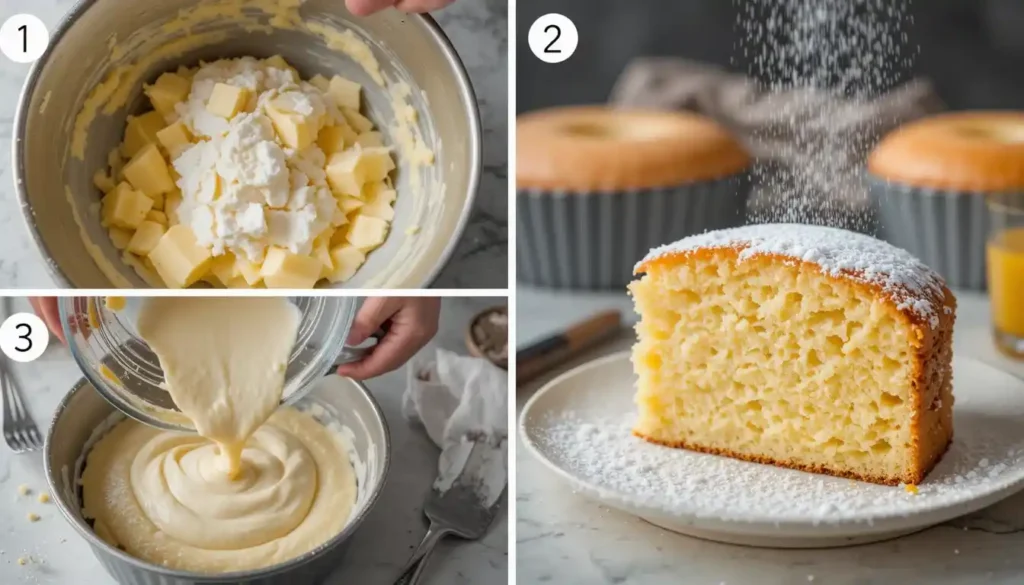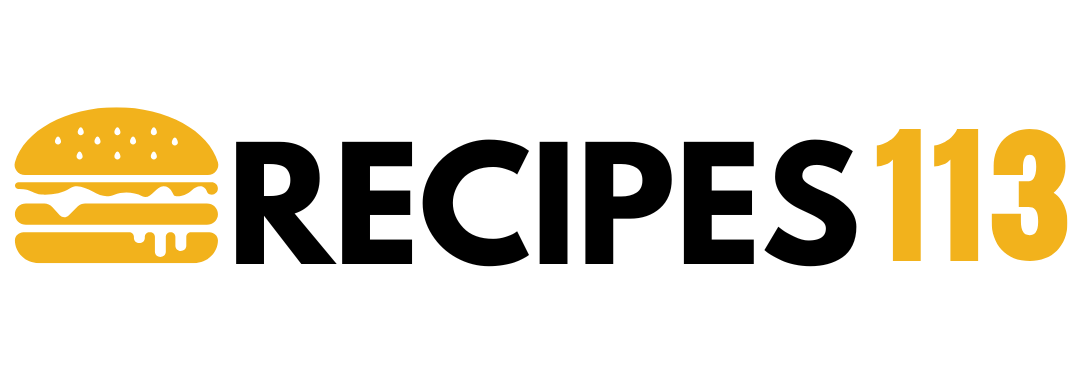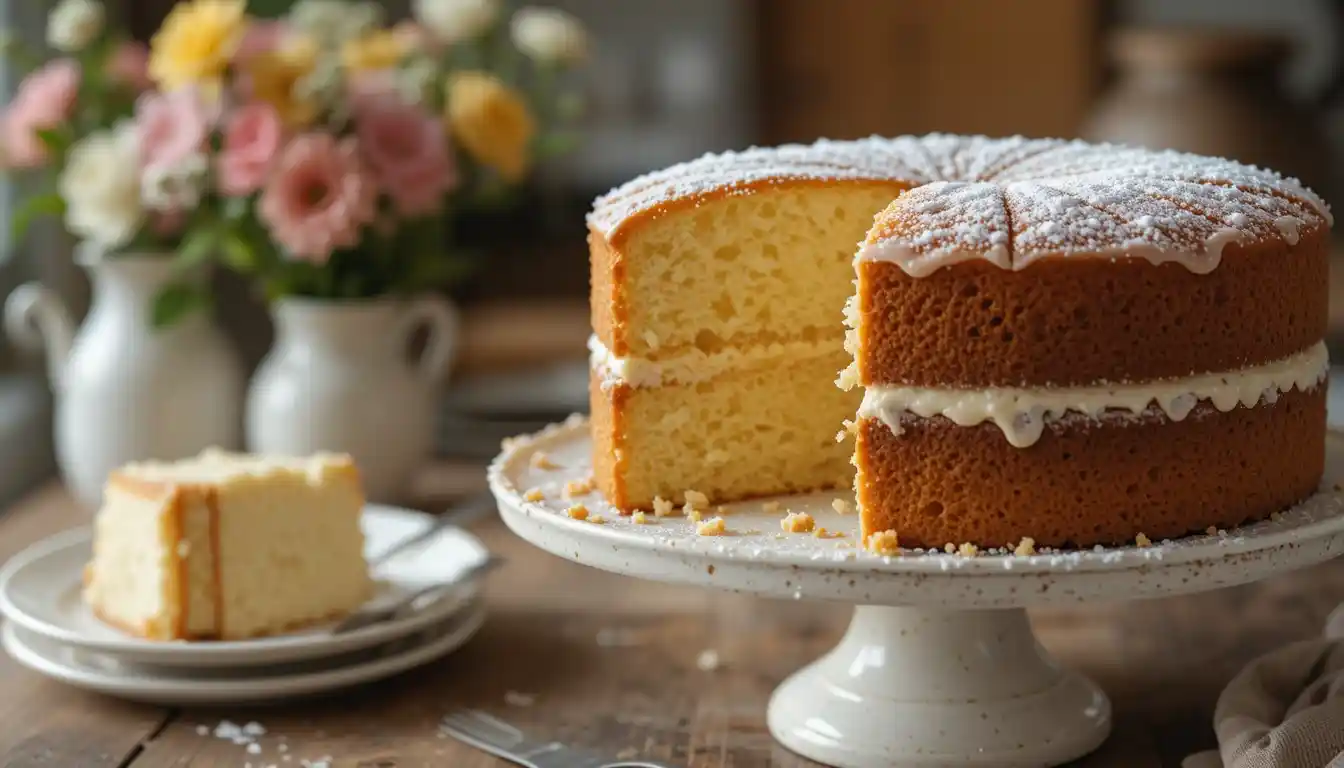Table of Contents
Did you know that the acid in buttermilk is the key to creating a tender and moist layer cake that’s perfect for any special occasion? This classic recipe has been a staple in many bakeries and homes for decades, and its versatility makes it a favorite among bakers.
The magic behind this cake lies in its simple yet effective ingredients, with buttermilk being the star that inhibits gluten formation, resulting in a delicate texture. Whether you’re a beginner or an experienced baker, this comprehensive guide will walk you through the process of creating the perfect buttermilk cake from scratch.

The Magic of Buttermilk in Cake Baking
Buttermilk is the unsung hero of cake baking, bringing tenderness and moisture to the final product. The unique properties of buttermilk make it an essential ingredient in creating a delicious and tender cake.
What Makes Buttermilk Cake So Tender
Buttermilk contains lactic acid, which helps to tenderize the gluten in flour, resulting in a softer cake texture. This acidity also reacts with baking soda to produce carbon dioxide, creating a light and fluffy cake. The combination of these reactions gives buttermilk cakes their characteristic tender crumb and moist texture.
The Science Behind Buttermilk’s Acidity
The acidity in buttermilk works to break down the tough proteins in flour, preventing the formation of gluten that can make a cake tough or chewy. When buttermilk interacts with baking soda in your cake batter, it creates a chemical reaction that produces carbon dioxide bubbles, helping your layer cake rise beautifully and evenly. The fat content in buttermilk contributes to the cake’s richness, while its protein content helps create structure, striking the perfect balance for an ideal cake texture.
Essential Ingredients for Your Buttermilk Cake Recipe
The foundation of a perfect buttermilk cake lies in its ingredients and their precise measurements. To achieve a moist and flavorful buttermilk cake, it’s crucial to understand the role of each component.
Dry Ingredients: Flour, Sugar, Leavening Agents
The dry ingredients form the backbone of your cake recipe. Typically, you’ll need 3 cups of all-purpose flour, which provides structure through its protein content. 2 cups of granulated sugar not only sweeten the cake but also tenderize the crumb and contribute to a golden-brown exterior. Leavening agents like 1 teaspoon of baking powder and ½ teaspoon of baking soda work together with the acidity in buttermilk to create the perfect rise.

Wet Ingredients: Butter, Eggs, Buttermilk, Extracts
The wet ingredients add moisture, richness, and flavor to your buttermilk cake. You’ll need 1 cup of unsalted butter (softened), 5-6 large eggs at room temperature, 1-1¼ cups of buttermilk, and 1-1½ teaspoons of vanilla extract. The butter and eggs contribute to the cake’s moisture and texture, while the buttermilk adds a subtle tang and tenderness. Vanilla extract enhances the overall flavor, complementing the tanginess of the buttermilk.
Step-by-Step Baking Instructions
To achieve a moist and tender crumb, follow these step-by-step baking instructions for your buttermilk cake recipe. The process involves several crucial steps that ensure your cake turns out delicious and visually appealing.

Preparing Your Baking Pans
Begin by preheating your oven to 350°F (165°C). Properly prepare your pans by greasing and flouring them or lining with parchment paper to ensure your cake releases cleanly after baking.
Mixing the Batter: The Reverse Creaming Method
The reverse creaming method is key to a velvety texture in buttermilk cakes. Start by combining all dry ingredients (flour, sugar, baking powder, baking soda, salt) in your mixer bowl at low speed. Add softened butter and mix until the mixture resembles coarse sand. In a separate bowl, whisk together wet ingredients (buttermilk, eggs, vanilla) before adding them to the dry mixture in two additions, mixing well after each.
Baking Times and Temperatures
Divide the batter evenly between prepared pans. Bake in the center of the oven for 25-30 minutes for standard 9-inch layer cakes. Adjust time as needed for different pan sizes. Test for doneness by inserting a toothpick into the center of the cake.
Cooling and Removing from Pans
Allow your cakes to cool in the pans for 10-15 mins before transferring to a wire rack. Remove parchment paper while still warm, and let cool completely before frosting or storing.
Tips for Buttermilk Cake Success
Achieving the perfect buttermilk cake requires attention to detail and a few expert tips. To ensure your cake turns out moist and delicious, consider the following guidelines.
Room Temperature Ingredients Matter
Using room temperature ingredients, especially butter, eggs, and buttermilk, is crucial. This helps create a smoother batter and ensures even baking.
Testing for Doneness
Test for doneness by checking if the cake pulls away from the sides of the pan and inserting a toothpick into the center; it should come out clean.
Frosting Options and Decorating Ideas
Your buttermilk cake can be paired with various frosting options, such as cream cheese frosting, vanilla buttercream, or lemon glaze. Consider the fat content and flavor profile when choosing.
Flavor Variations: Vanilla, Lemon, and Beyond
Experiment with different flavors by adding lemon zest or extract for a lemon twist or folding in berries for added texture and flavor.
- Ensure ingredients are at room temperature for a smoother batter.
- Test for doneness with a toothpick to avoid overbaking.
- Choose a frosting that complements the cake’s flavor profile.
- Experiment with flavor variations like lemon or berry additions.
Conclusion
Ultimately, the buttermilk cake stands out as a deliciously moist and flavorful dessert option that’s sure to impress. With approximately 489 calories per serving and a nutritional profile that includes 18g of fat, 75g of carbohydrates, and 7g of protein, it’s a treat best enjoyed in moderation.
Mastering this buttermilk cake recipe provides a versatile baking foundation adaptable for various occasions. The unique properties of buttermilk create a cake with an exceptionally moist texture and balanced flavor profile. To achieve the best results, precision matters—accurately measuring flour, sugar, and leavening agents like baking soda is crucial.
Feel free to experiment with flavor variations by adding lemon zest or almond extract to the basic recipe. Store your finished cake in an airtight container at room temperature for up to 3 days or refrigerate for up to a week. This classic buttermilk cake is sure to become a staple in your baking repertoire.
FAQ
What is the role of baking soda in a layer cake?
Baking soda is a leavening agent that helps the cake rise by releasing carbon dioxide gas when it reacts with acidic ingredients like vanilla extract or lemon.
Can I substitute baking powder for baking soda?
No, baking powder and baking soda are not interchangeable. Baking soda requires an acidic ingredient to activate, while baking powder is a self-contained leavening agent.
How do I ensure my cake layers are evenly baked?
To achieve evenly baked layers, make sure to rotate the pans halfway through the baking time and use a consistent oven temperature.
What is the purpose of sugar in a cake?
Sugar adds sweetness, tenderness, and moisture to the cake, while also helping to strengthen the structure.
Can I use salted butter instead of unsalted butter?
While you can use salted butter, it’s recommended to use unsalted butter to control the amount of salt in the cake.
How do I store leftover cake?
Store leftover cake in an airtight container at room temperature for up to 3 days or freeze for up to 2 months.
What are some common frosting options for a layer cake?
Popular frosting options include vanilla buttercream, cream cheese frosting, and whipped cream.


1 thought on “Buttermilk Cake Recipe”
Comments are closed.